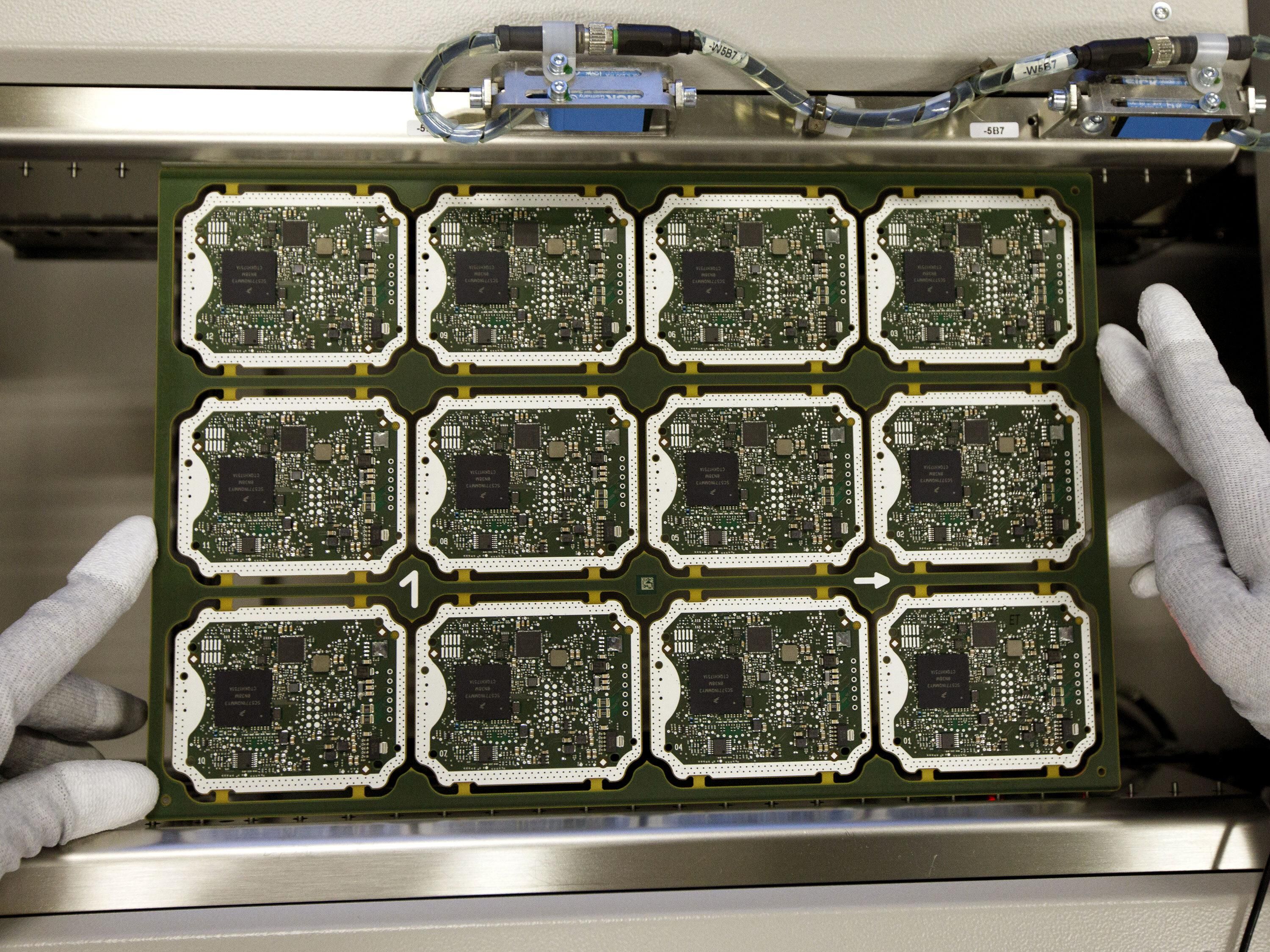Why IoT Sensors Need Standards
They could improve performance and spur development of new applications
Sensors traditionally have been used for camera imaging, as well as communicating information about humidity, temperature, motion, speed, proximity, and other aspects of the environment. The devices have become key enablers for a host of new technologies essential to business and to everyday life, from turning on a light switch to managing one’s health.
Several factors are fueling sensors’ growth, including miniaturization, increased functionality, and higher levels of integration into electronic circuitry. There are also greater levels of automation being incorporated into products and systems, such as with Internet of Things and Industrial Internet of Things applications.
Prominent users of sensors include the defense, energy, health care, and transportation industries. The global sensor market is large and growing fast. By one estimate, it is projected to reach US $346 billion in sales by 2028, up from $167 billion in 2019.
SAFE AND RELIABLE APPLICATIONS
As the sensor industry races to take advantage of market opportunities, the need to ensure the devices will operate safely and reliably is a growing concern.
In the energy industry, for example, drill rigs for oil and gas exploration are now equipped with sensors to achieve optimal, safe performance at the lowest cost possible. The sensors must operate under harsh environmental conditions. Their failure could result in a rig being taken out of service, leading to significant, costly downtime.
In industrial applications, worker safety would be compromised if gas sensors fail to detect the presence of toxic fumes. If the light detection and ranging remote-sensing system lidar fails in semiautonomous vehicles, they will be unable to function properly. Lidar is fundamental to advanced driver-assistance systems (ADAS).
Because there are now thousands of sensor products on the market, adherence to standards that could improve their performance or accelerate development of new applications has grown in importance, as has the need for independent conformity and certification protocols.
It has become challenging to effectively deploy sensors in complex IoT and IIoT applications given the interoperability issues that can arise when attempting to integrate systems from multiple vendors. Hardware compatibility, wired and wireless connectivity, security, software development, and cloud computing are key interoperability considerations as well as major issues in their own right.
STANDARDS FOR IOT SENSORS
For many years, the IEEE Standards Association (IEEE SA) has provided an open platform for users, those in academia, and technical experts from sensor manufacturers to come together to develop standards. Here are a few examples of IEEE standards and projects that have come from the collaboration.
- IEEE 2700-2017: IEEE Standard for Sensor Performance Parameter Definitions. A common framework for performance specification terminology, units, conditions, and limits for eight common sensor types.
- IEEE P1451.99: IEEE Standard for Harmonization of Internet of Things Devices and Systems. Current implementations of IoT devices and systems do not provide a way to share data or for an owner of such devices to authorize who has the right to control them or access the devices’ data. This standard will define a metadata bridge to facilitate IoT protocol transport for sensors, actuators, and other devices. It will address issues of security, scalability, and interoperability for cost savings and reduced complexity. The standard will offer a data-sharing approach that leverages current instrumentation and devices used in industry.
- IEEE P2020: Standard for Automotive System Image Quality. Most automotive camera systems have been developed independently, with no standardized reference point for calibration or measurement of image quality. This standard will address the fundamental attributes that contribute to image quality for ADAS applications; identify existing metrics and other useful information relating to the attributes; define a standardized suite of objective and subjective test methods; and specify tools and test methods to facilitate standards-based communication and comparison among system integrators and component vendors.
- IEEE P2520: Standard for Testing Machine Olfaction Devices and Systems. This standard aims to establish a collection of performance measurement methods and conformity assessment processes for e-nose devices that simulate human chemosensory responses with greater accuracy and precision.
- IEEE P2846: Assumptions for Models in Safety-Related Automated Vehicle Behavior. This standard will describe the minimum set of reasonable assumptions used in the development of safety-related models that are part of automotive ADAS. P2846 will consider rules of the road and their regional and temporal dependencies, which involve the impact of previous behavior.
REGISTRY AND CERTIFICATION
IEEE SA offers the IEEE Sensors Registry. The global Web-based service for manufacturers allows them to enter their sensors’ certifications, the standards they adhere to, and product data sheets so that buyers can find the right product. IEEE conducts an audit process on the submitted information to ensure its accuracy.
WEBINARS AND ROUNDTABLE
These free on-demand and upcoming webinars are available:
- Exploring the Importance of Sensors and Their Real-Life Applications in Life-Saving Wearable Devices.
- Path to Sensors Interoperability.
The first in a series of new webinars, Are Sensors the Weakest Link to Cyber Attacks?, is scheduled for 2 February at 1 p.m. Eastern Time.
IEEE SA plans to host an industry roundtable during the first quarter this year. It will focus on the creation of a comprehensive plan and timeline to address interoperability and cybersecurity issues for IoT sensor networks. Participants will include technology leaders from industry, government, and academia. Contact sensors-rt@ieee.org for more information.
- IEEE Standards Association Launches a Platform for Open Source ... ›
- The U.S. Government Finally Gets Serious About IoT Security - IEEE ... ›
- Use a New IEEE Standard to Design a Safer Digital World For Kids - IEEE Spectrum ›
- A Guide to the 2023 National Electrical Safety Code - IEEE Spectrum ›
- Why Sensors Are Key IoT Cybersecurity - IEEE Spectrum ›
- Why Your Organization Should Join the IEEE Standards Association - IEEE Spectrum ›
- Why Governments’ Involvement in Standards Development is Crucial - IEEE Spectrum ›
Sri Chandrasekaran is lead of the IEEE SA Foundational Technologies Practice group.
